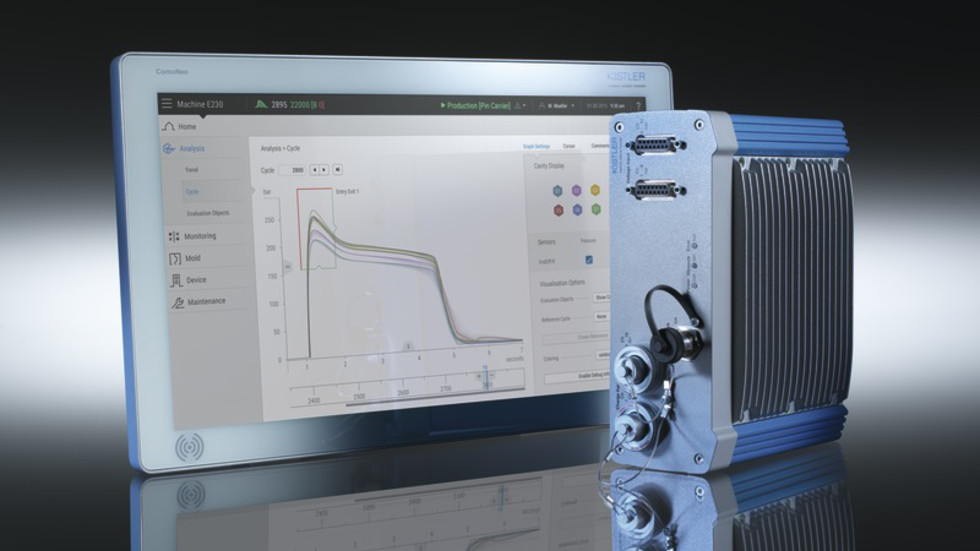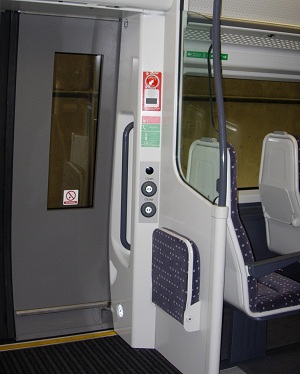EUROMAP, the representing body of various European plastics and rubber machinery associations, made a forecast at a press conference at K2010 that EUROMAP member countries would achieve 10-15% growth in 2010.

Bernhard Merki, President of EUROMAP, also added that the demand for machines had risen sharply in all EUROMAP countries.
The annual results for 2009 were more than sobering for the countries of the EUROMAP association with output falling to 13,258 million euros, down by 24.5% compared with the record high achieved in 2008. The dramatic fall in incoming orders began in the fourth quarter of 2008 and continued into the summer months of the following year.
The sharpest decline was recorded in core machinery manufacturing, where output in value terms fell by 30.2%. Peripheral equipment was 27.7% below the previous year’s figure. There were smaller percentage drops in output of moulds and dies, down 10.4%, and flexo printing machines, which lagged 10.2% behind the previous year’s result.
The EUROMAP countries accounted for 45.5% of the global market in terms of output of core machinery in 2009, down from the 50.3% recorded the previous year. Global output fell by only 22.8% in 2009 as a result of extensive state infrastructure investments in China which enabled machinery manufacturers in that country to make a fairly quick recovery from the slump.
With a few exceptions, demand on the markets supplied by European plastics and rubber machinery manufacturers was weak in 2009. All the major sales regions retrenched at more or less the same time – something the industry had not experienced before. Although exports to Asia soon picked up again, it was not enough to offset the losses suffered on other markets. This was clearly reflected in the annual results, with the EUROMAP countries’ exports lagging 29.5% behind the previous year’s record figures; exports in value terms fell to 8,797 million euros.
Core machinery also bore the brunt of the decline in exports, recording a drop of 33.7%, down by one third on the previous year.
The EUROMAP countries’ share of world exports of plastics and rubber machinery (core machinery manufacturers) contracted, declining from 56.9% to 52.5% in 2009.
In the fourth quarter of 2009, about one year after the sharp downturn, all member countries finally began to see the first signs of recovery. This trend has continued apace in 2010, actually speeding up as the year has progressed.
Orders are coming from the countries of Europe and Asia in particular – with China and India continuing to set the pace – but demand from Brazil and Mexico is also rising sharply again.
The trend in exchange rates is currently a source of concern for Europe’s plastics and rubber machinery manufacturers, with the relatively strong euro in particular making transactions invoiced in US dollars more expensive.
In the spring of this year, on the basis of rising demand the EUROMAP countries had made cautious forecasts of weighted growth in output of over 6%. Given that the high growth rates have been sustained over the summer, they are now expecting an increase of between 10% and 15% for the year as a whole.
The countries of the EUROMAP association expect output to continue to grow next year as well.
Source : www.adsalecprj.com






